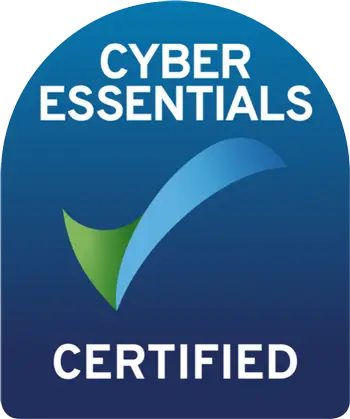Writing copy can be challenging and the last thing you want is to spend hours working on a piece, only for it to miss the mark. By using these tools and techniques you can make your writing more effective and get the most out of your copy.
A strong opening / hook
It may sound like a cliché, but it really is essential to grab your audience with your first few words or sentences. Your opening, or “hook”, is what determines whether your audience will read the rest of your copy.
An example of this can be seen in a famous scene from the comedy series, “The IT Crowd” in which Moss is trying to contact the emergency services via email. In his first draft he types, “Dear Sir/ Madam, I am writing to inform you of a fire which has broken out at the premises of…” before re-writing it as “Dear Sir / Madam, FIRE! FIRE! Help me!”
Although these are emails as opposed to the copy you might be writing, they are a great way of demonstrating an ineffective opening Vs an effective opening as you can see how the second draft grabs the attention of the audience more. Why? Because it is short, sharp and snappy, getting to the information quickly, whereas the first draft rambled on, making it easier for the audience to gloss over the information rather than absorbing it. So, make sure your own openings are similarly short, sharp and get to the point.
A question can also be an effective hook because it actively engages the reader and encourages them to think and to pay more interest to the rest of the copy.
The rule of three/ triplets
We regularly come across triplets or examples of the rule of three in effective writing. For example, “Reduce, reuse, recycle.” These are short sharp phrases, often no more than three words long, that, when put together, have a powerful impact and are crucially very memorable. They may contain alliteration (all starting with the same letter) but are still effective without this. Triplets are a great way of communicating simple instructions, so are often used when explaining how to use a particular product.
Deliberate repetition
Whilst accidental repetition can cause the audience to switch off, deliberate repetition can emphasise your point and make your copy more effective. Repeating a key phrase or rhetorical question, which the topic of your copy provides the answer to, can reinforce your key message to the audience. For example, if your copy is about advice on how to feel more energised, you could repeat the word “tired” in a rhetorical question, for example, “tired of feeling tired?” then provide the solution.
This technique works best when a small section of writing, such as a short phrase or question, is repeated, and it is important not to use repetition too much as this could cause the reader to switch off. Try to limit using the same phrase a maximum of three times in a piece to avoid this.
Direct address
This a technique in which rather than talking to the audience from a distance, such as writing “some people find,” you refer to them directly, for example, “you can see.” This makes the audience feel closer to the writer, that they are being addressed as an individual, and that the business understands them. It is a relatively simple technique but used appropriately it can make your writing more effective. However, be mindful of how formal your piece of copy needs to be, as using direct address can make a piece less formal so consider when it is most appropriate to apply this technique.
A strong ending
Think of your copy almost as a story with a beginning (the opening), a middle (the body of your copy), and an end (bringing the piece to a close). Your audience should be able to identify when the copy moves from one section to the next. However, when reading a piece of copy it can sometimes feel like there is a beginning and middle, but no end, rather the copy stops abruptly. To avoid this, try signalling to the audience that your copy is ending by briefly bringing together some of the main points discussed, linking back to the opening of your copy or providing a call to action (visit this website, buy now, etc.). By doing this you will improve the structure of your copy, making it feel complete, which will provide a better reading experience for your audience.
Although writing copy can be challenging, practising these techniques will help you create more effective pieces. If, however you still feel that your copy could be improved, then consider employing a professional copywriter who will be experienced in using these techniques and many others.

